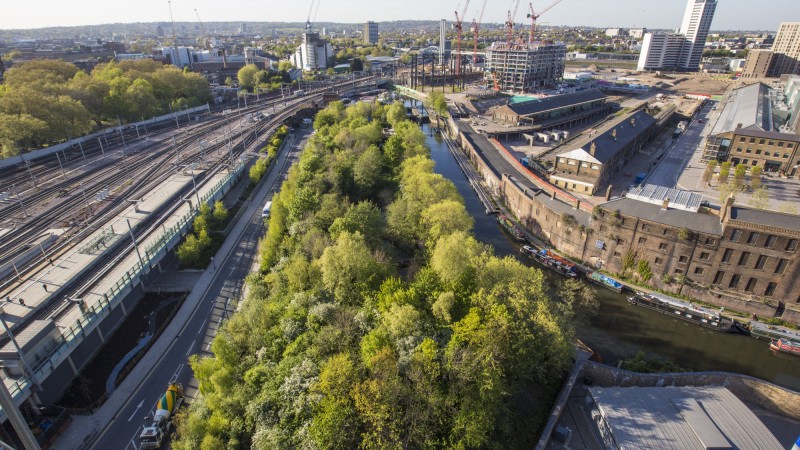As Western Europe’s largest city and an important centre for commerce, culture, the arts and tourism, London is home to 9 million people with an estimate of more than 20 million people visiting the city each year. Dotted with iconic parks, London offers many opportunities to escape the bustle of this fast paced location.
Hyde Park
Hyde Park was established by Henry VIII in 1536 and was originally used as a hunting ground. The Park was opened to the public in 1637 and has hosted everything from Royal duels to public protests and rock concerts. Hyde Park is the largest of the Royal Parks covering an area of 350 acres.
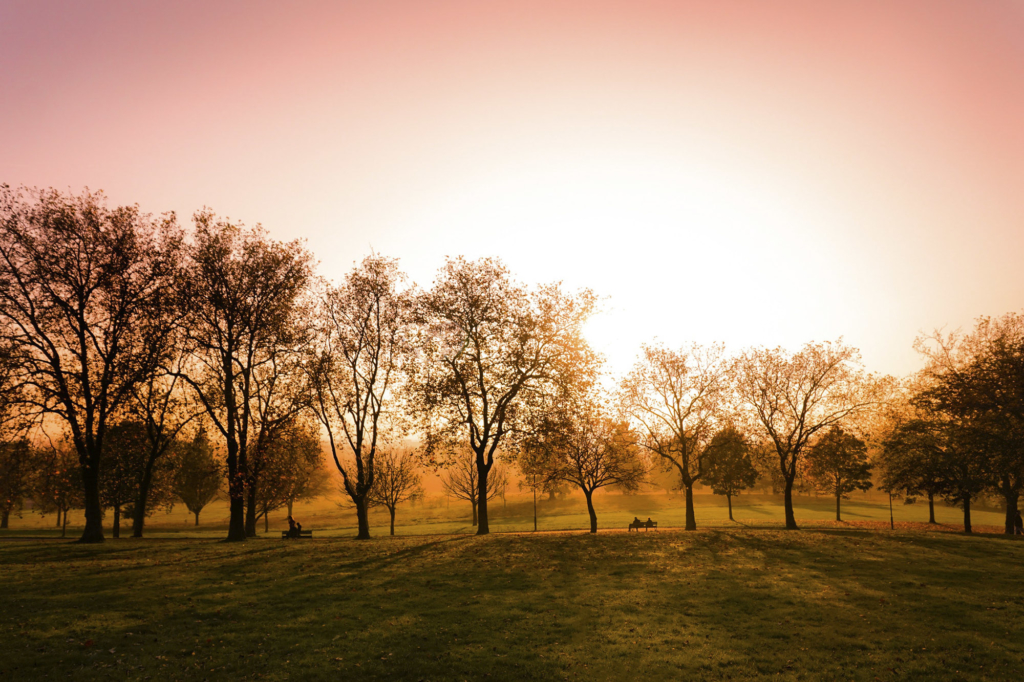
St James Park
St James Park is one of the 8 Royal Parks in London and covers an area of 57 acres. The park is characterised by a small lake, St James’s Park Lake, that is home to a large number of water birds. St James Park is well recognised for its pelican population. Pelicans have lived in St James Park for nearly 400 years and were originally presented as a gift in 1664 from the Russian Ambassador to King Charles II.
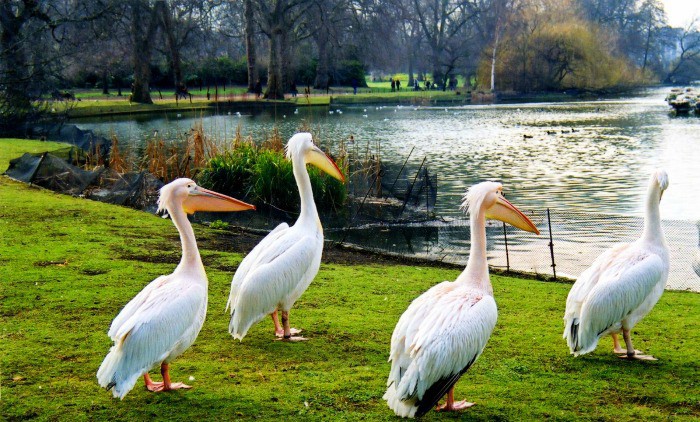
Image courtesy of Martin Pettitt
Kensington Gardens
Originally the private grounds of Kensington Palace, Kensington Gardens covers an area of 270 acres. Together with Hyde Park, Green Park and St James Park, they form the green lungs of London. Kensington Gardens is a more formal park than the other Royal parks and also features the Italian Gardens and Serpentine Bridge.
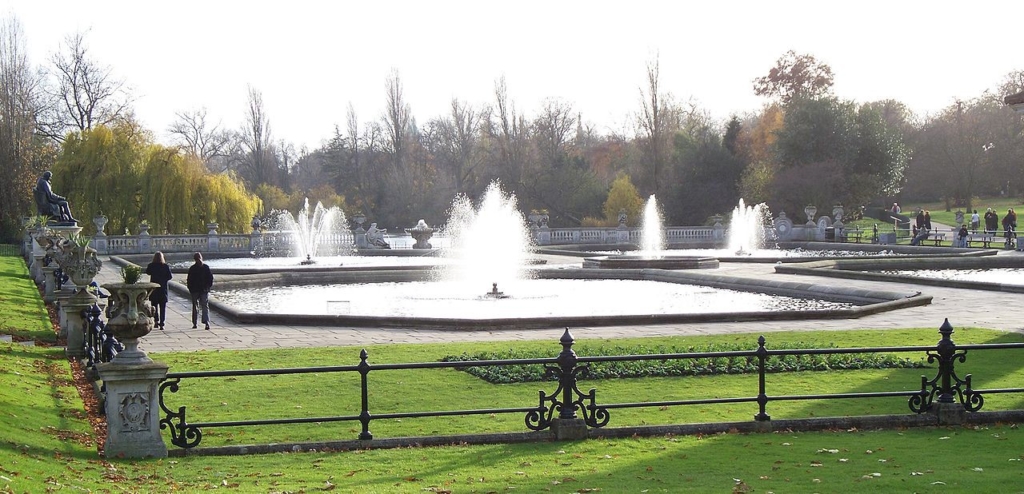
Italian Gardens.
The park contains the Elfin Oak, an elaborately carved 900-year-old tree stump painted to look as though elves, gnomes and small animals are living in its bark. After a campaign by comedian Spike Milligan, the Elfin Oak was restored in 1996. It become more commonly known as the Spike Milligan Tree.
Lee Valley Regional Park
Located just a short 25 minute train ride from the heart of London, Lee Valley Regional Park is a 10,000 acre green space with a mix of nature walks, riverside trails and heritage sites. The Park is located along the banks of the River Lee and significant work has been undertaken to transform this abandoned industrial corridor into a premier sport, leisure and nature destination. The park offers visitors the opportunity to ice skate, horse ride, canoe, visit farms and historic gardens, walk, cycle or run, plus accommodation is available in the park in terms of camping and cabins. The area attracts around 7 million visits each year.
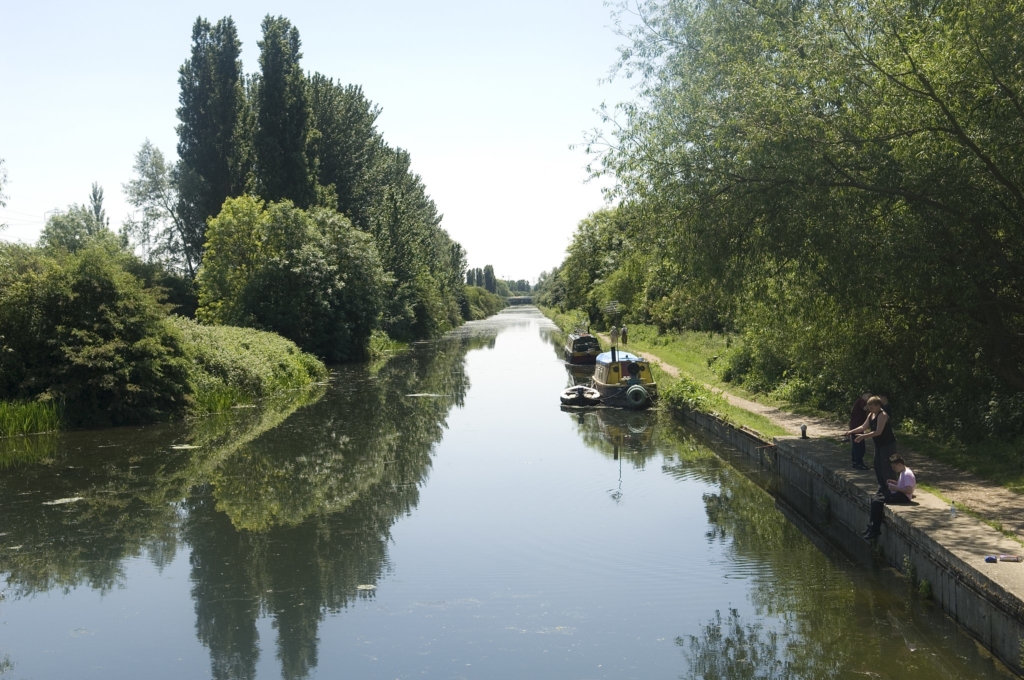
© LeeValleyRegionalPark
Bushy Park
Bushy Park was originally created as a base for royal sports. Conveniently located 20 minutes south west of central London. The park consists of 445 hectares of predominantly grassland areas.
Archaeological records have been found on the site that date back 4,000 years indicating agricultural usage in the medieval period. Bushy Park is home to wildlife conservation areas that house herds of both red deer and fallow deer. Activities in the park include the weekly running of the world’s first Park Run, fish and boating, horse riding and other recreation activities.
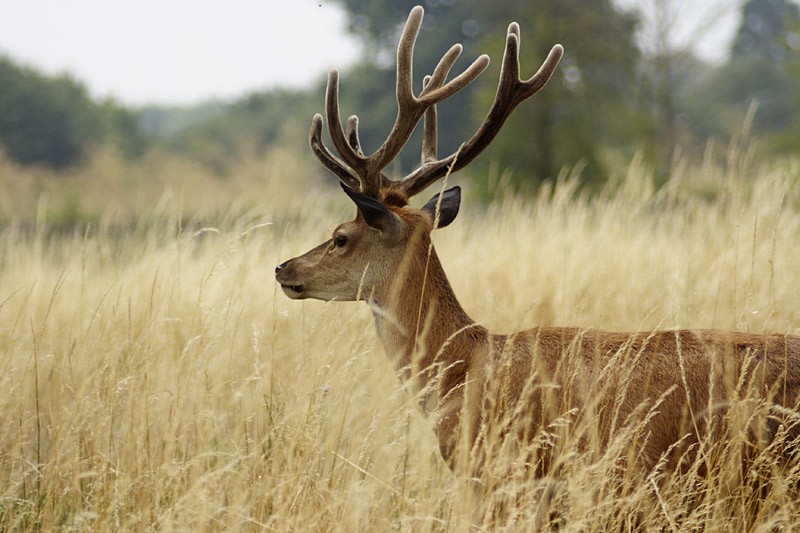
Fallow Deer in Bushy Park
Epping Forest
Located to the north west of central London, Epping Forest is a 2,400 hectare area of ancient woodlands. The area is home to a special area of conservation status due to the pollarded trees and other tree species. Over 100 lakes and ponds are located in the forest with fishing permitted in 24 of the lakes. Activities in the park include mountain biking, horse riding and various sporting areas. The forest is well known for its use as a setting for many novels, poems and artworks.
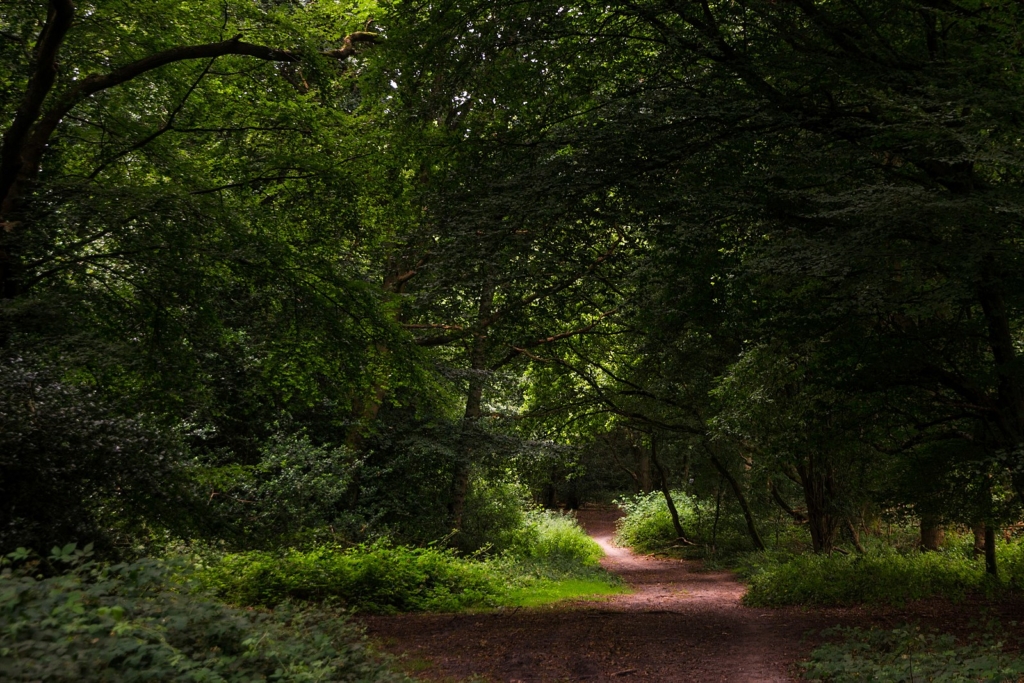
© Alexey Komarov
Highgate Wood
Highgate Wood is 28 hectares of ancient woodland located in the northern area of London. The Wood is home to plentiful wildlife including 71 different species of bird as well as foxes, squirrels, bats, butterflies and spiders. Highgate Wood provides numerous easily accessible and scenic woodland trails showcasing more than 50 species of trees and shrubs in the Wood including the rare deciduous Wild Service tree.
Highgate Wood is listed as one of only eight Green Heritage Sites in London.
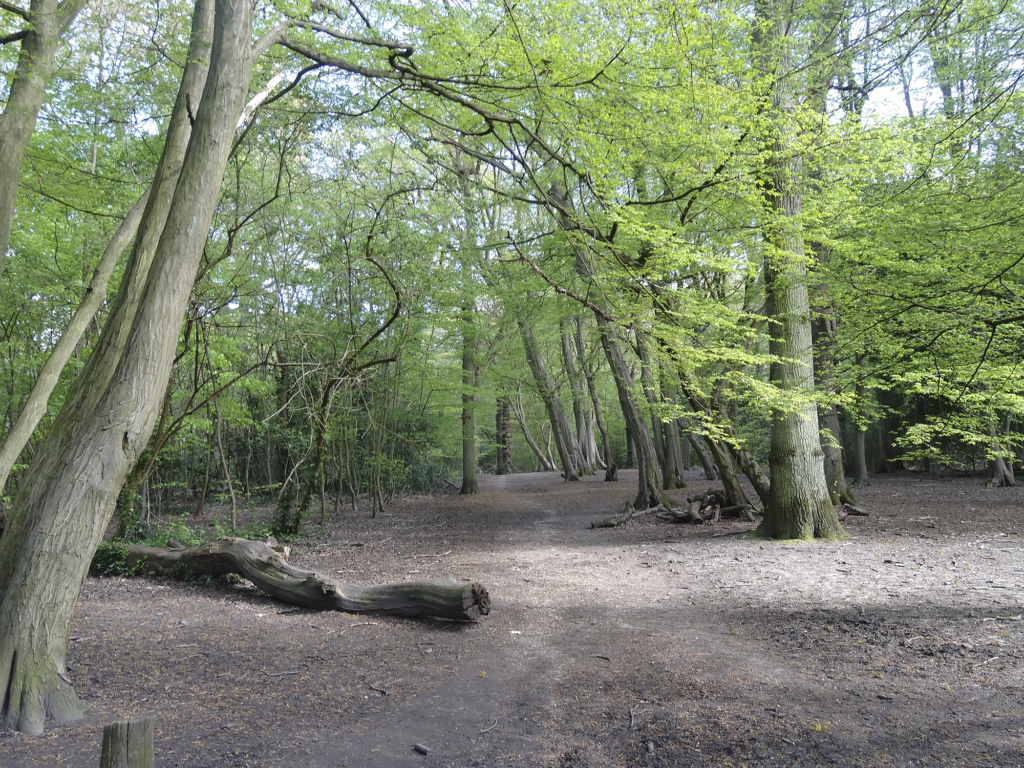
© LeeValleyRegionalPark
Camley Street Nature Park
Located in the heart of London, Camley Street Nature Park is a former coal drop area for the railways that has now been transformed into a pond, meadow and woodland nature park. Situated between King’s Cross and St Pancreas stations and adjacent to Regent’s Canal, the nature area is a bustling haven for a diverse range of wildlife including birds, bats and frogs. This inner city oasis is a symbol of the nature conservation movement in London in the 1980’s and also offers a visitors centre for those wishing to learn more about the transformation.
